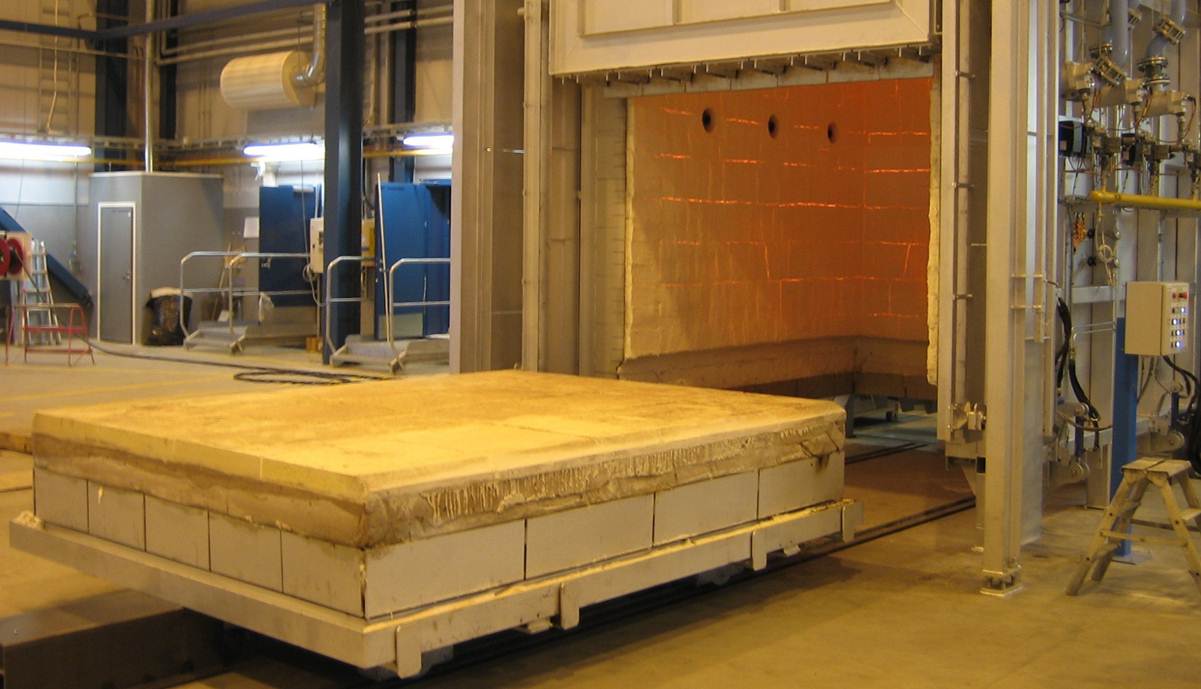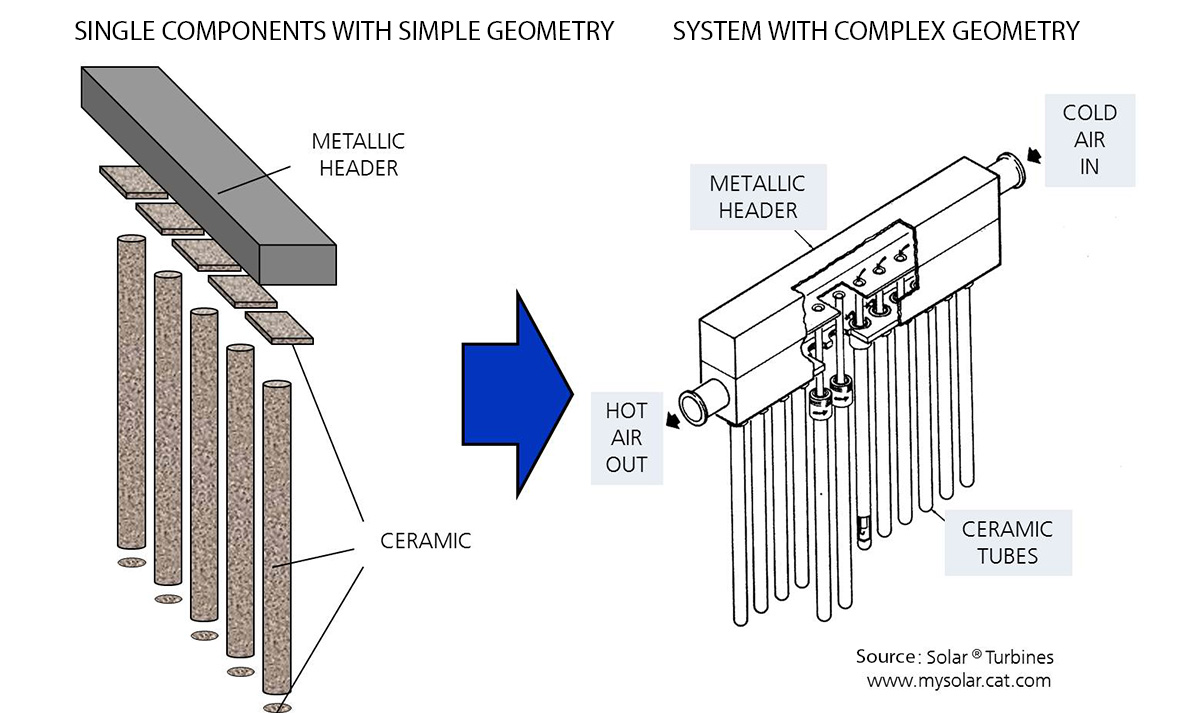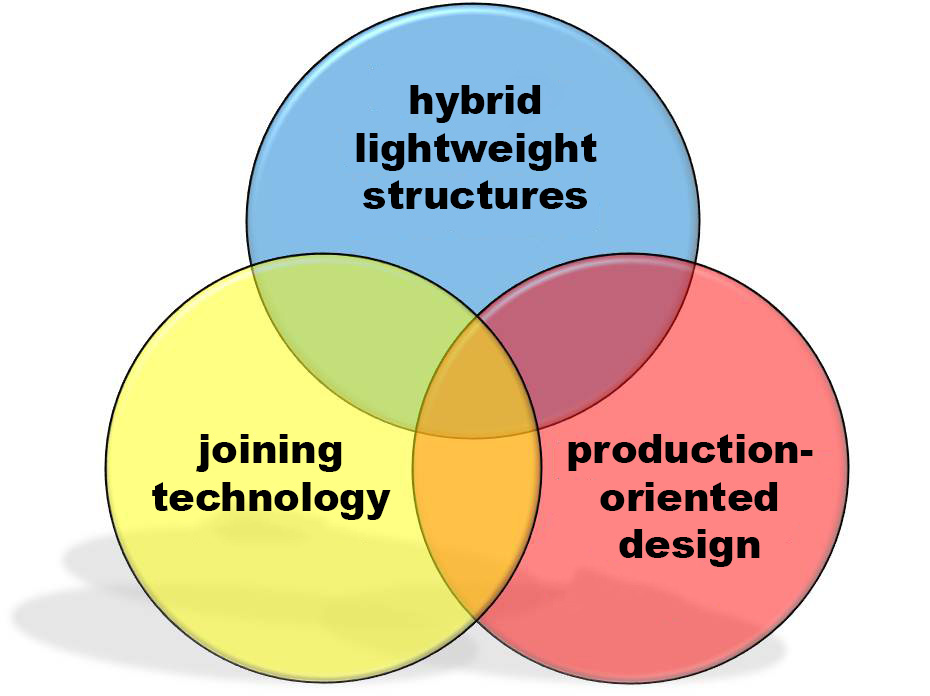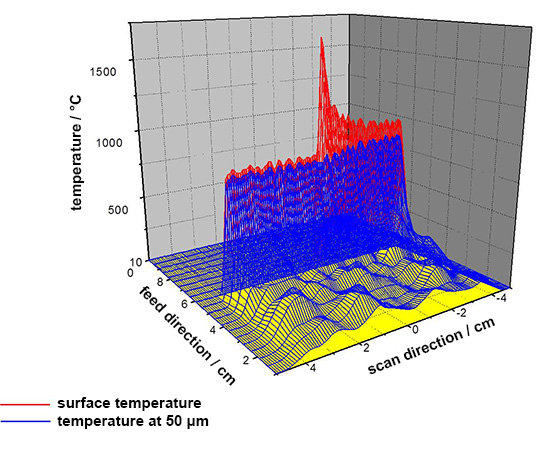Motivation
Due to their high resistance to corrosion, temperature and creep, monolithic ceramics and fibre-reinforced ceramics (CMC) are very well suited for use in high-temperature processes. For high-temperature systems, such as heat exchangers, heat accumulators or handling tools, components with complex geometry are required. Components made of high-temperature materials, on the other hand, can usually only be manufactured in simple geometry, such as plates or tubes, at reasonable cost.
 Fraunhofer ISC, Center for High Temperature Materials and Design HTL, Bayreuth
Fraunhofer ISC, Center for High Temperature Materials and Design HTL, Bayreuth


